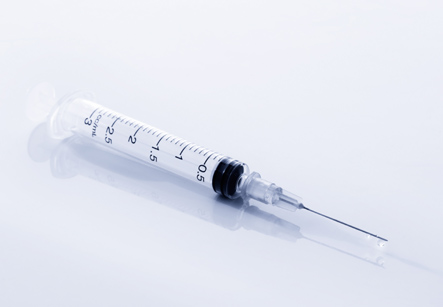Microsurgical Epididymal Sperm Extraction MESA
Introduction
MESA (microsurgical epididymal sperm extraction) involves a surgical procedure aimed at extracting the sperms directly from the epididymis (a tube that carries sperms into the testicles) for use in an IVF cycle. MESA is useful when it is performed in persons with absence of sperms in their ejaculate as a result of blockage in the epididymis or vas deferens. The cause for blockage may be due to surgeries such as previous hernia repair, vasectomy, conditions such as epididymitis or orchitis; or as a result of a condition since birth known as congenital absence of the vas deferens in which a portion of the male reproductive tube is missing.
In the procedure, with the assistance of an operating microscope, the epididymal tubules are exposed. After this, several tubules are selected and then punctured with specially designed micropipettes connected an aspiration device. Each micropipette has a capacity to hold approximately 20 million sperms. Therefore, in one aspiration attempt, about 100 to 150 million sperms can be collected and cryopreserved. These pipettes are then cryopreserved for future use in an IVF or ICSI cycle.
Iran ranks first in the region in terms of infertility treatment studies

The positive points of the microsurgical epididymal sperm aspiration as compared to a percutaneous biopsy are:
1) As the process retrieves large numbers of sperms in one go, there is no need for future sperm retrieval techniques
2) Less possibility of injury to the epididymis and testis
3) It provides better quality specimens for cryopreservation.
Sperm retrieved from a MESA procedure can be used in a procedure called as ICSI or intracytoplasmic sperm injection. There are two types of cycles in this procedure:
1) Fresh cycle: in this cycle, the eggs from the female partner are retrieved on the same morning as of the MESA procedure. The sperm retrieved in MESA procedure are then injected directly into the mature female eggs usually within six hours of retrieval for optimal results. Any unused sperms are cryopreserved for a future cycles if necessary.
2) Frozen cycle: during a frozen cycle, the frozen sperm are thawed in the same morning as of the retrieval from the female partner. The sperm are then injected directly into mature eggs within six hours of thaw.
At most centres, the fertilization rates with either fresh or frozen sperm extracted in a MESA procedure are comparable.
Follow-up: It is required to visit the specialist several times after MESA at about 1 month interval to check the incisions. Hormonal studies are done at three and six months and a scrotal sonogram is done at six months to check the healing of testes.
MESA Techniques:
Technique 1- Aspiration Device
1) The device required for aspiration of fluid from the epididymal tubules is sharp and very fine as it needs to pierce the tubule successfully and to avoid damage to delicate network of vessels covering the epididymis.
2) The micropippettes for this purpose has tip widths of about 250 to 350 um and inner diameter of 0.6 mm.
3) The micropipette is then attached to silicone tubing and a three-way stopcock. Two syringes are attached to this stopcock, a 1 cc tuberculin syringe and a 10 cc glass syringe.
4) The tuberculin syringe collects the epididymal fluid and the glass syringe provides fine control on the pressure of aspiration to avoid aspiration of blood from outside of the epididymal tubules.
Technique 2- Operative Procedure
Pregnancy and delivery rates of about 48 percent or more are achieved at some centres at each attempt of sperm and egg retrieval.
The patient is explored by taking a midline scrotal incision. The testis is delivered and tunica vaginalis (the fascia covering the testis) is opened to expose the epididymis.
The epididymis is examined under an operating microscope with 8 to 15X magnification. A puncture for aspiration is made proximal to the yellow tubules in the obstructed epididymis. However, if the tubules are obscured a linear opening is made in its covering with a 15 degree microknife. The surface must be coagulated with a bipolar electrocautery before this incision. After this, a suitable tubule is punctured by the surgeon and fluid is gently aspirated.
Results:
The most successful combination in sperm retrieval and assisted reproductive techniques is that of microsurgical epididymal aspiration followed by intracytoplasmic sperm injection. Pregnancy and delivery rates of about 48 percent or more are achieved at some centers at each attempt of sperm and egg retrieval.